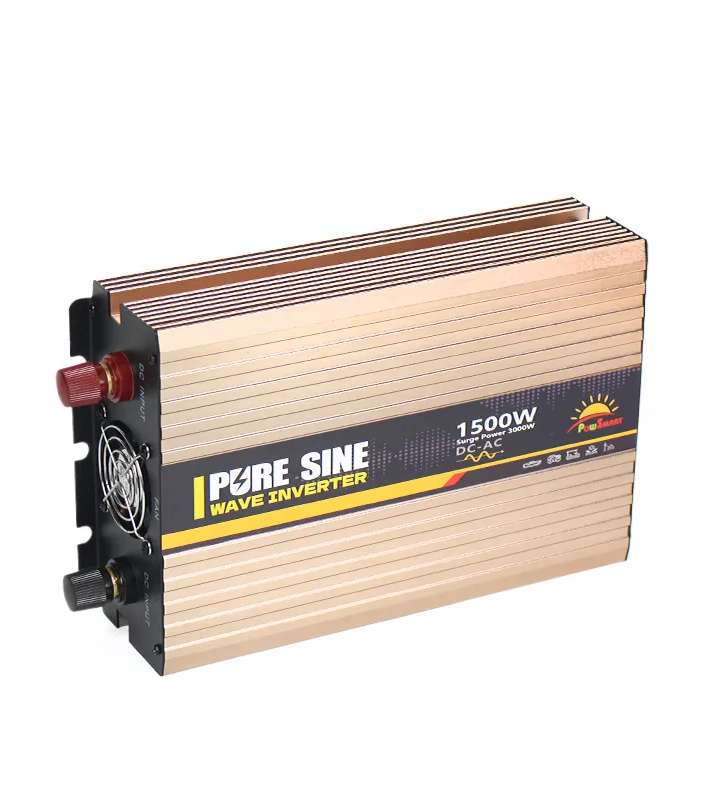
PowSmart delivers high-efficiency power inverters for industrial operations. Engineered for stability and long-term performance, our products ensure safe and seamless power conversion.
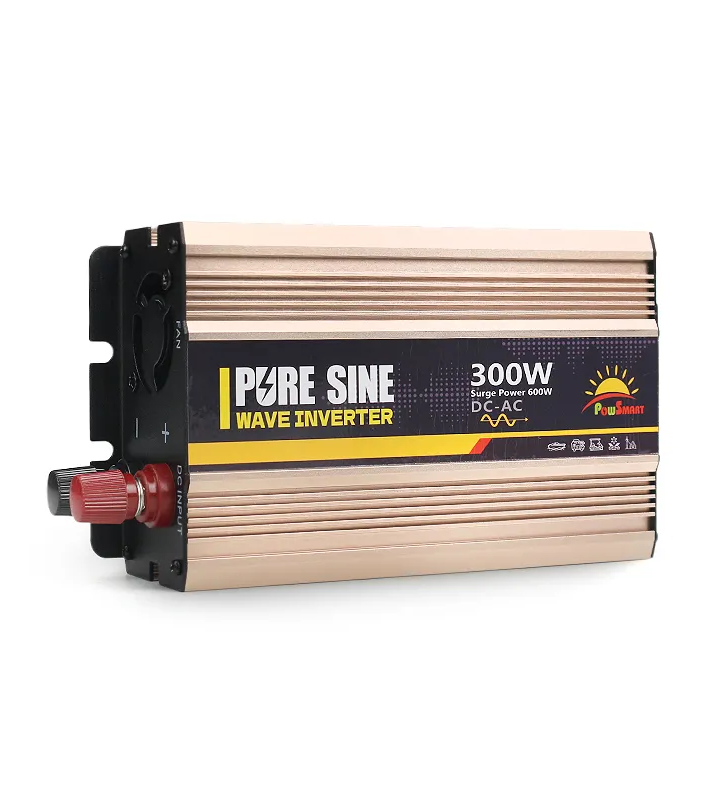
Integrate PowSmart power inverters into your automation, telecom, or renewable energy systems with ease. Designed with B2B needs in mind, our inverters feature flexible input ranges, safety protocols, and remote monitoring options. Our engineering team works closely with clients to ensure every product performs optimally under real-world conditions.
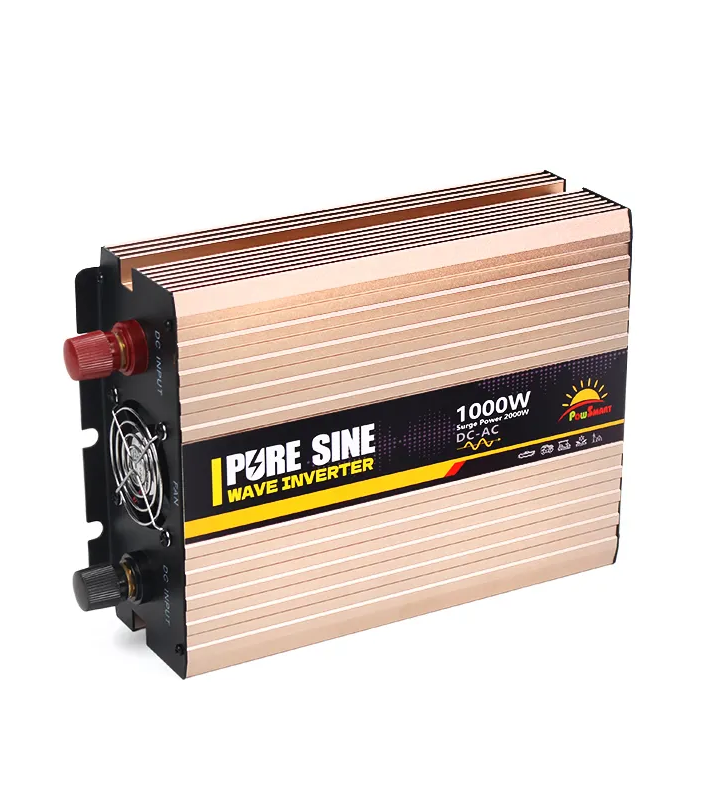
PowSmart is at the forefront of pioneering B2B inverter solutions with excellence. Our ac power inverters are crafted with precision to deliver superior performance. We offer a comprehensive range of ac to dc inverters for different applications. Our Backup Power Inverters provide a reliable backup power source. Our battery inverters and best power inverters are designed to offer high - performance energy conversion. For automotive and camping use, our best car power inverter, camper power inverter, and Car Inverter 12v 230v models are the preferred choices. Join us at PowSmart and experience the future of inverter technology in B2B partnerships.

PowSmart takes pride in offering cutting - edge inverter solutions that empower B2B businesses. Our range encompasses high - quality ac power inverters, efficient ac to dc conversion devices, and robust Backup Power Inverters. When it comes to energy storage and management, our battery inverters stand out for their reliability and performance. We are renowned for our best power inverters, which are designed to optimize energy usage and reduce costs. In the automotive segment, our best car power inverter, car inverter, and Car Inverter 12v 230v options provide seamless power supply for vehicles and camping setups. With PowSmart, you get not only superior products but also a commitment to long - term business growth through strong partnerships.
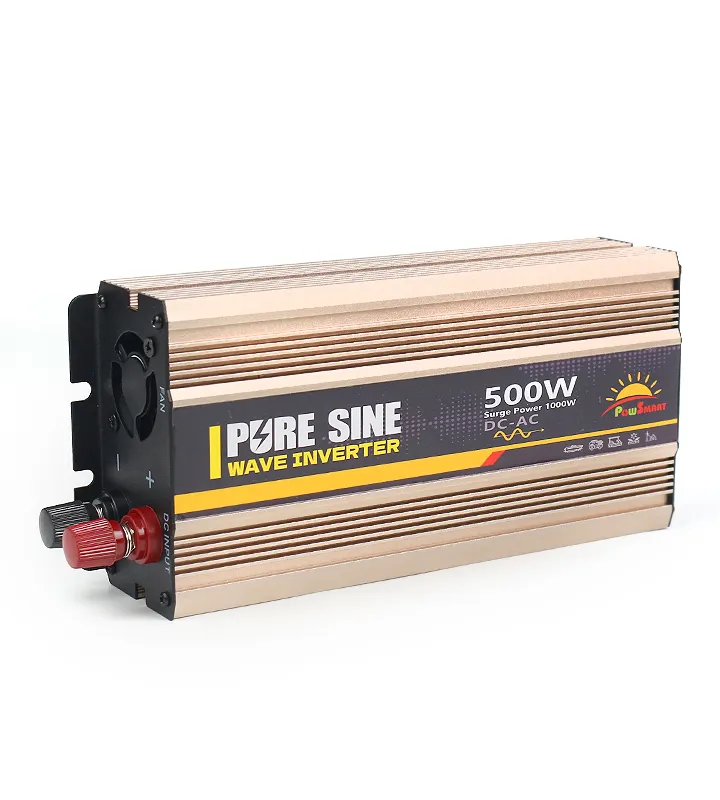
PowSmart's inverters are specifically designed to meet the ever - evolving demands of global B2B markets. We offer a full spectrum of inverters, including high - quality ac power inverters, efficient ac to dc inverters, and reliable Backup Power Inverters. Our battery inverters and best power inverters are engineered to provide consistent power output and energy savings. In the automotive field, our best car power inverter, car inverter, and Car Inverter 12v 230v options are built to withstand harsh conditions and deliver reliable performance. Whether you're in industrial, commercial, or automotive sectors, PowSmart has the right inverter solution for you. Partner with us and enhance your business with our top - tier products.
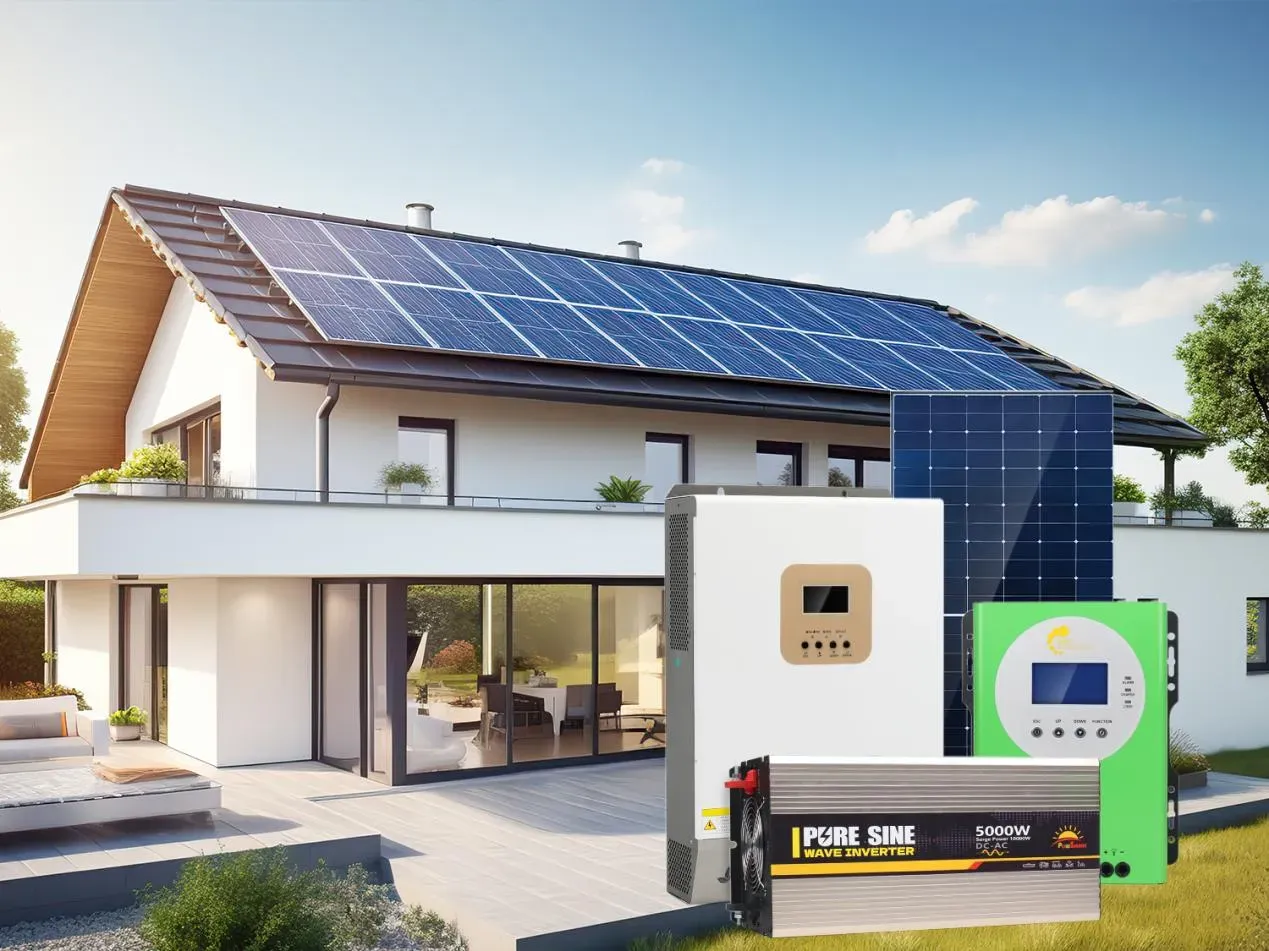
Sunrise New Energy is a one-stop provider of energy storage and photovoltaic power generation solutions. Our mission is to create a new way of life by integrating clean energy into our daily lives and achieving perfect harmony between man and nature. As a professional solar module and system solution provider, our products will benefit more people!
Our products include off-grid inverters, solar hybrid inverters, solar controllers, solar panels, storage batteries, PV off-grid systems, grid-connected systems, hybrid systems, PV racking systems, and other PV series products, and have been certified by FCC, ETL, CE, and so on.
Our inverters and batteries are designed for superior performance and reliability.
We ensure smooth processing and timely delivery of large-scale orders.
Our products feature cutting-edge technology for optimal energy solutions.
We provide responsive and knowledgeable support for all client needs.
PowSmart power inverters are ideal for automation, telecom, backup power, and renewable energy applications.
Our inverters include overvoltage, overload, and thermal protection to ensure reliable and secure operation.
Every PowSmart power inverter undergoes strict quality control, including stress testing and performance validation.
We provide technical consultation, user documentation, and responsive after-sales service for all B2B clients.
Yes, PowSmart inverters are designed to integrate with solar and other renewable systems for efficient power management.
